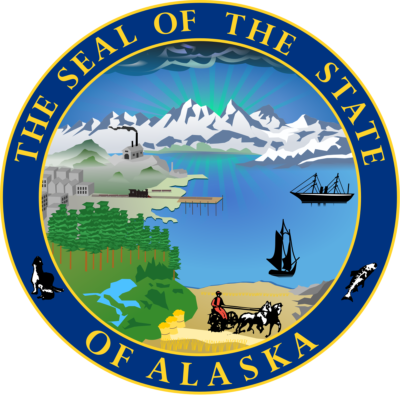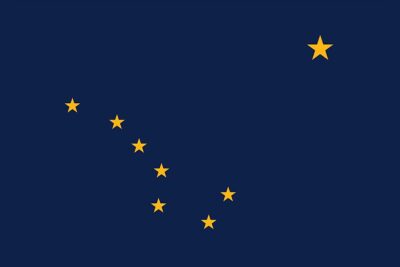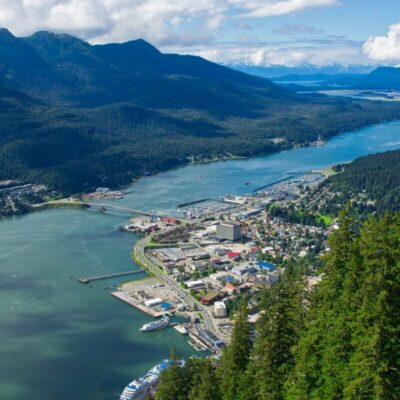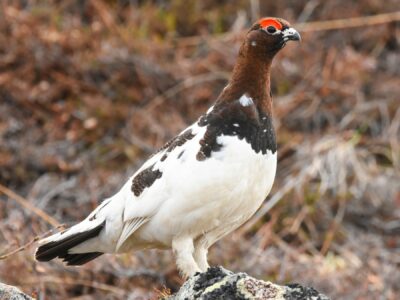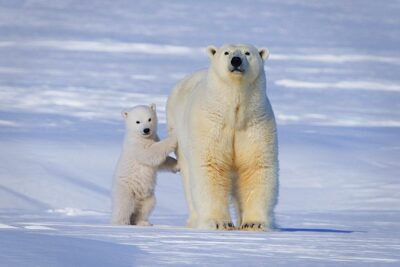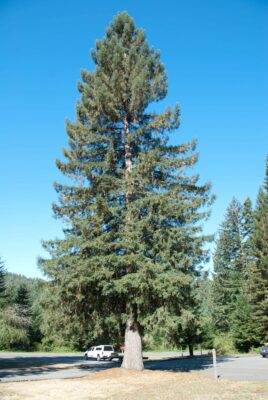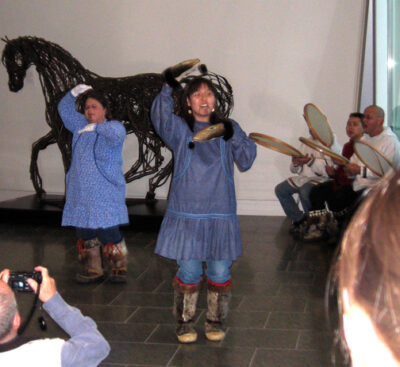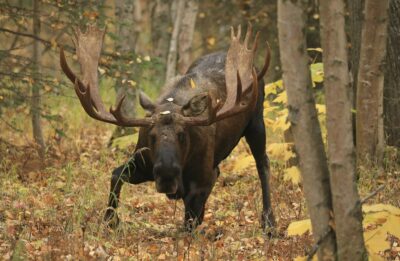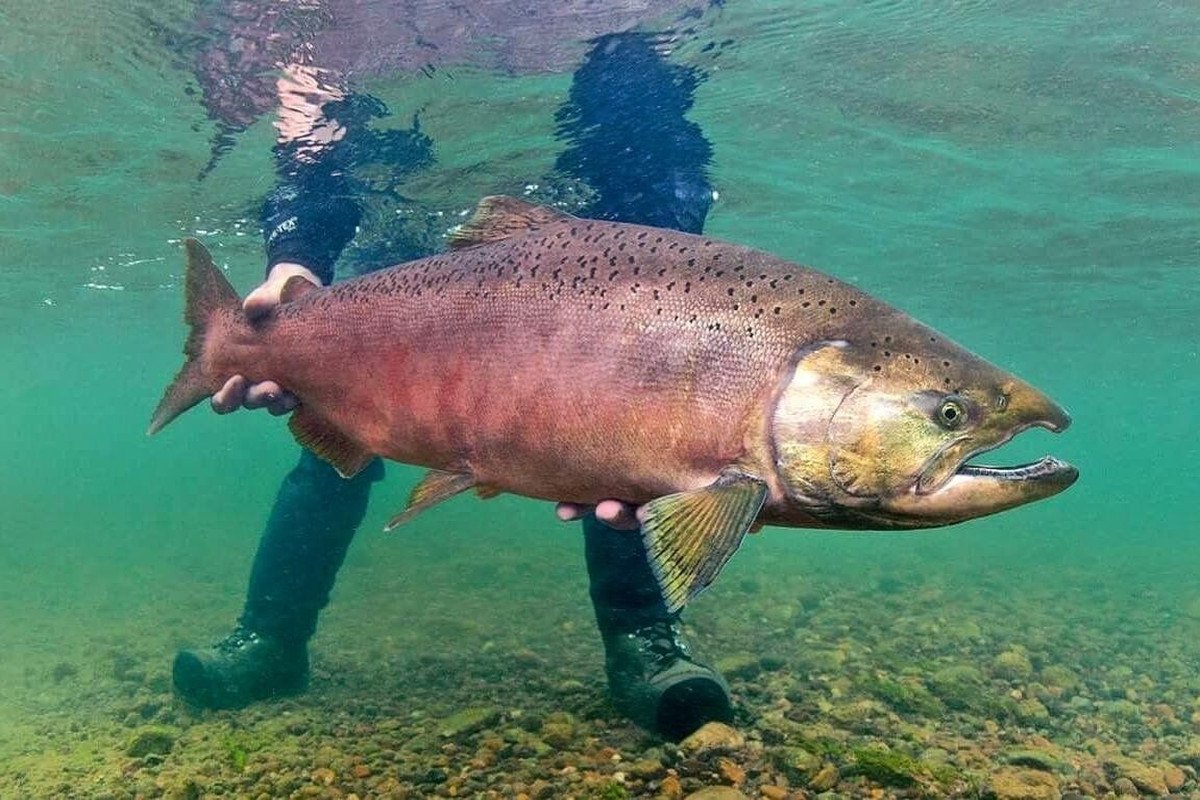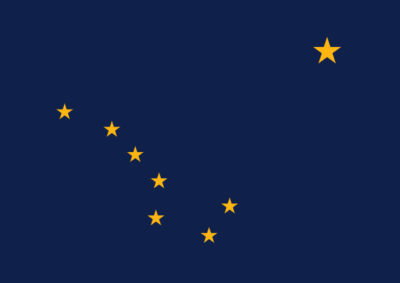State Symbols of Alaska
Last updated on August 18th, 2023 by Editorial Staff
By | Updated on August 18, 2023
Reviewed by Rittika
Alaska is a constituent state in the Western United States, on the northwest extremity of North America. On January 3, 1959, it became the 49th state to join the Union. The name Alaska is derived from the Unangax (Aleut) word alaxsxa or alaxsxix, both meaning “mainland” or “great land.”
Alaska shares borders with the Canadian province of British Columbia and the Yukon territory to the east, the Gulf of Alaska and the Pacific Ocean to the south, and along the western edge of the Bering Strait, it also has a marine border with the Chukotka Autonomous Okrug of the Russian Federation, the Chukchi Sea to the west, and Beaufort seas of the Arctic Ocean are to the north.
Alaska is the largest state in terms of land area. With a total of 665,384 sq mi (1,723,337 sq km), it is larger than the combined area of the next three largest states which include California, Montana, and Texas. It is the third-largest national subdivision in North America and the seventh-largest in the world.
Alaska has more ocean coastline than the rest of the United States combined.
Since the Japanese invasion of the Aleutian Islands during World War II, 1942, Alaska’s strategic location has rendered it important from a military standpoint.
As early as 10,000 BCE, it is believed that the ancient inhabitants migrated over the Bering Land Bridge as well as from the Arctic. Starting in the 18th century, the Russian Empire was the first to engage in active colonization of the region. The Russian fur traders built the first European settlement on Kodiak Island in 1784. Hudson’s Bay Company traders were also interested in the area, and the Russian-Canadian trade competition continued far into the nineteenth century.
Juneau was declared as the capital of Alaska in 1906 and is the second-largest city in the United States by area. The total population of Alaska, recorded in 2020, is 733,391, making it the third-least populous and the most sparsely populated state.
Since the Trans-Alaska Pipeline was completed in 1977, Alaska has become one of the top oil-producing regions in the United States. Today, despite having one of the smallest state economies in the country, Alaska has one of the highest per capita incomes due to a diverse economy characterized by fishing, natural gas, and oil.
Alaska is also known as America’s Last Frontier due to its remoteness from the lower 48 states, as well as its rough environment and climate.
There are more than 3,000 rivers and 3,000,000 lakes in Alaska, and 100,000 glaciers, covering 5% of the state. The intriguing fact is that Alaska is also the only state with the highest number of volcanoes.
Additionally, permafrost thawing and sea ice melting have both been significantly impacted by global warming in Alaska.
The state song is “Alaska’s Flag”, and the state motto is “North to the Future”.
The official language of the state is English, and the state flower is Alpine forget-me-not.
– Learn about Alaska flag color codes and their meanings –
State Information
| Official Language | Ahtna, Alutiiq, Dena'ina, Deg Xinag, and English, |
| State Rank | 1 |
| Demonym(s) | Alaskan |
| Nickname | The Last Frontier |
| ISO | US-AK |
| Formation Date | January 3, 1959 |
| Coordinates | Lat: 51°20'N to 71°50'N, Long: 130°W to 172°E |
| Area |
State seal
Motto of Alaska
State symbols of Alaska 👇
-
State emblem
-
State capitalJuneau
-
State birdWillow ptarmigan
-
State flowerAlpine forget-me-not
-
State mascotPolar bear
-
State fruitBlackberry
-
State treeSitka Spruce
-
State danceYup'ik dance or Yuraq, also Yuraqing
-
State insectFour-spot skimmer dragonfly
-
State vegetableTanana Soil (unofficial)
-
State gemstoneJade
-
State animalMoose
-
State fishKing salmon
